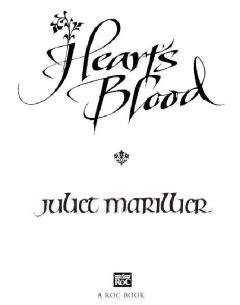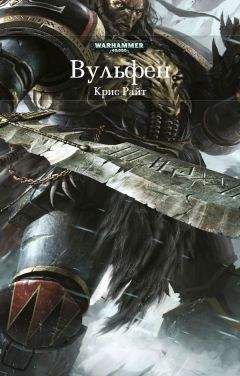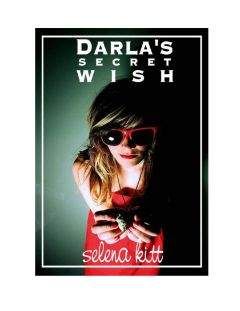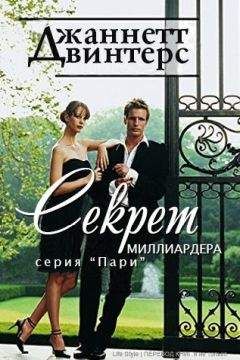Cybele's Secret - Juliet Marillier - Cybeles Secret
When I visited Turkey, I tried to see through Paula’s eyes. Despite the many changes that have taken place since her time, it was easy for me to imagine the days when Istanbul was the hub of trade for the entire region. Everywhere in the city one can see its rich and complex history. Mosques and other public buildings are decorated with Iznik tiles like those Paula finds on the wall outside Cybele’s cave, their colors rich and glowing. The covered markets provided me with a shopping experience not unlike Paula’s frustrating attempt to haggle for silks. Farther afield, in Edirne I stayed in a converted han with the same layout as the Genoese trading center where Paula and her father are accommodated. I was able to view ancient manuscripts in various Turkish museums, and my description of the items Paula finds in Irene’s library are based on these. At the Sadberk Hanim Museum in Büyükdere, I found an ancient earthenware jug in the shape of a rotund woman, and that was the inspiration for the form Cybele’s Gift finally took in the story.
Readers may be interested to learn that the Turkish Van cat is known not only for its apparent enthusiasm for swimming but also for its unmatched eyes, one blue, one yellow. The Bugarski Goran, or Bulgarian shepherd, is a recognized breed of herding dog.
Dealing with languages in the book presented a challenge. The Istanbul of Paula’s time was home to folk of many origins, and within the city there were several discrete communities in which particular languages were probably spoken almost exclusively. However, the city had been Greek before it was Turkish, and Greek remained a common tongue for traders after the Ottomans took control. I hope I have not stretched credibility too far by allowing most of the major characters fluency in this useful language. With few if any Romanian speakers in the city, Teodor would have needed to be fluent in Greek or Turkish, probably both, to conduct his trading business. Paula, a born scholar, would have learned Greek and Latin early so she could read the classics.
Glossary of non-English words
Bektaşi
beck-tuh-shee; dervish order in which women have equality in worship
Bugarski Goran
Bulgarian shepherd (breed of dog)
caïque
ka-eek; shallow-drafted vessel, powered by banks of oars
camekan
ja-muh-kahn; rest and refreshment area at the hamam
çarşi
char-shee; market comprising small streets lined with shops
dervish
an Islamic mystic
destur
make way
djinn
pronounced like the English word gin; genie, spirit
dolman
long robe opening in front, with narrow sleeves
hamam
ha-mahm; Turkish bathhouse
han
traders’ building incorporating market area, storage for goods, and merchants’ accommodation
haremlik
women’s quarters
imam
ee-mahm; Islamic prayer leader
kyria
kee-ree-a; polite Greek form of address for a woman
mahalle
ma-hahl-luh; district or quarter
medrese
muh-dra-suh; Muslim religious school, usually associated with and situated near a mosque
muezzin
mweh-zin; person who gives the call to prayer
Mufti
moof-tee; authority on Islamic religious law. The Sheikh-ul-Islam was Mufti of Istanbul and the Sultan’s principal authority on matters of religion and religious law
peri
Turkish fairy woman
peştamal
pesh-tuh-mahl; cloth used to cover the body while at the hamam
tulum
traditional musical instrument, similar to a bagpipe
Stea de Mare
steh-uh duh mah-reh; starfish (sea star)
Esperança
Eh-spuh-rahn-tsa; hope
Places
Aya Sofia
eye-uh so-fee-uh; Istanbul’s most famous monument, a church built by the emperor Justinian and converted under Ottoman rulers to a mosque
Bosphorus
strait linking the Black Sea with the Sea of Marmara, separates Istanbul into western (European) and eastern (Asian) parts
Braşov
bra-shove; major trading town in Transylvania
Constana
kahn-stahn-tsa; trading port on the west coast of the Black Sea; loading point for overland travel through Transylvania
Galata
district of Istanbul, situated on the eastern side of the Golden Horn and populated mostly by foreign merchants
Golden Horn
broad horn-shaped inlet separating western Istanbul into two sections; main docks located here
Rumeli Hisari
roo-muh-luh hih-sa-ruh; fortress built by Mehmet the Conqueror at the narrowest point of the Bosphorus
Samarkand
city on the caravan route from Anatolia to the East
Tabriz
city on the caravan route from Anatolia to the East
Topkapi Palace
tahp-ka-puh; main residence of the Sultan’s household in Istanbul
THIS IS A BORZOI BOOK PUBLISHED BY ALFRED A. KNOPF
This is a work of fiction. Names, characters, places, and incidents either are the product of the author’s imagination or are used fictitiously. Any resemblance to actual persons, living or dead, events, or locales is entirely coincidental.
Copyright © 2008 by Juliet Marillier
All rights reserved.
Published in the United States by Alfred A. Knopf, an imprint of Random House Children’s Books, a division of Random House, Inc., New York.
Knopf, Borzoi Books, and the colophon are registered trademarks of Random House, Inc.
Visit us on the Web! www.randomhouse.com/teens
Educators and librarians, for a variety of teaching tools, visit us at www.randomhouse.com/teachers
Library of Congress Cataloging-in-Publication Data
Marillier, Juliet.
Cybele’s secret/Juliet Marillier.—1st ed.
p. cm.
Summary: Scholarly eighteen-year-old Paula and her merchant father journey from Transylvania to Istanbul to buy an ancient pagan artifact rumored to be charmed, but others, including a handsome Portuguese pirate and an envoy from the magical Wildwood, want to acquire the item as well.
eISBN: 978-0-375-89143-4
[1. Antiquities—Fiction. 2. Fathers and daughters—Fiction. 3. Merchants—Fiction. 4. Pirates—Fiction. 5. Supernatural—Fiction. 6. Magic—Fiction. 7. Cults—Fiction. 8. Sisters—Fiction. 9. Istanbul (Turkey)—History—Fiction. 10. Turkey—History—Fiction.] I. Title.
PZ7.M33856Cyb 2008
[Fic]—dc22
2008004758
Random House Children’s Books supports the First Amendment and celebrates the right to read.
v1.0




